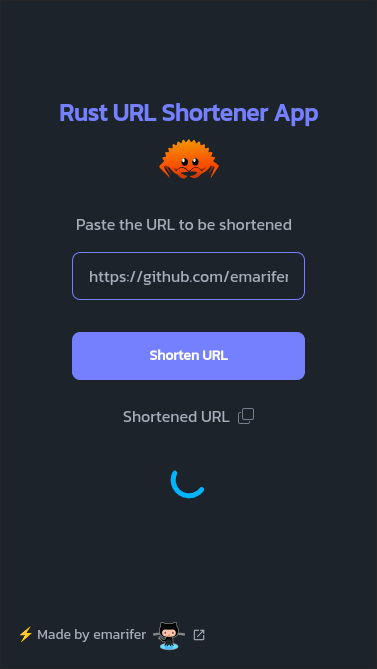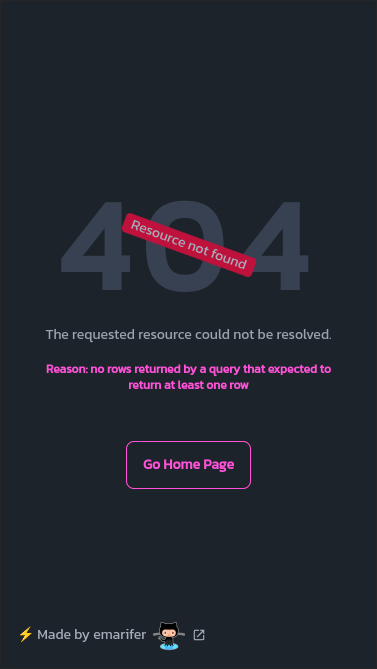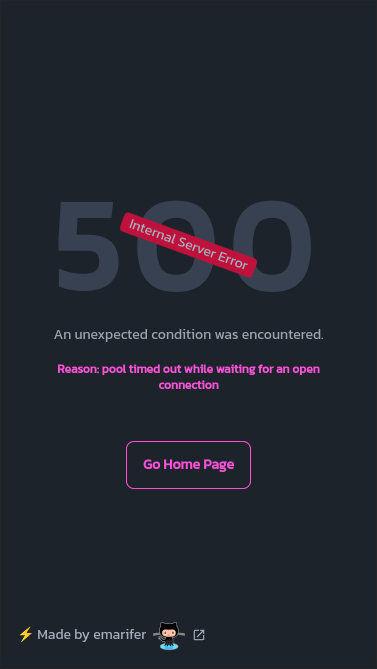In the implementation of this application we have used the following technologies:
- ✅ Bootstrapping: Rust programming language (v1.77.0)
- ✅ Backend Framework: Axum v0.7.5
- ✅ Database: PostgreSQL
- ✅ Templating Language: Askama v0.12.1
- ✅ Styling: TailwindCSS + DaisyUI
- ✅ Frontend interactivity: </>Htmx + _Hyperscript
Note
The use of </>htmx allows behavior similar to that of a SPA, without page reloads when switching from one route to another or when making requests (via AJAX) to the backend. Likewise, the _hyperscript library allows you to add some dynamic features to the frontend in a very easy way.
Besides the obvious prerequisite of having Rust on your machine, you must have cargo watch installed for hot reloading when editing code.
Since we use the PostgreSQL database from a Docker container, it is necessary to have the latter also installed and execute this command in the project folder:
$ docker compose up -d
These other commands will also be useful to manage the database from its container:
$ docker start shortify-db # start container
$ docker stop shortify-db # stop container
$ docker exec -it shorturl-rs psql -U enrique -W shorturl # (pass: emarifer) access the database
You will also need to have the sqlx CLI installed (sqlx-cli, install it with the command cargo install sqlx-cli) to be able to do the migrations to the database. Run the following command in the migrations folder:
$ sqlx migrate run # sqlx migrate revert (to reverse the migration)
Before compiling the binary, you will have to regenerate the CSS. To do this, go to the tailwind folder and run the following (you must have Node.js installed):
$ cd tailwind && npm run build-css-prod
Build the binary file and run it with the command:
$ cargo build --release && ./target/release/shorturl-rs # Ctrl + C to stop the application
If what you want is to edit the code, it will be more like activating hot reload:
$ cargo watch -x run -w src -w assets -w templates
⚠️ Since thedocker compose up -dcommand creates a volume (as a hidden folder) in the project folder to store the data of thePostgresdatabase and that folder requires system administrator permissions, thecargo command watch -x runwould return an error. Therefore, we only "watch" thesrc,assetsandtemplatesfolders.
If you also want to modify the CSS of the templates, it will be useful to activate the watch mode of Tailwindcss, executing the command inside the tailwind folder (you need to have Node.js installed):
$ npm run watch-css # minify for production: npm run build-css-prod






